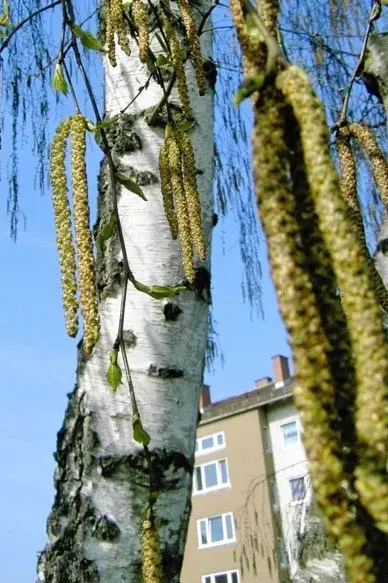
PECurban - Spatial and Temporal Variability of Pollen in Urban Areas – From Pollen Production to Emission and Concentration Prediction

In the course of climate change, numerous factors are changing that could promote the development of allergies and could lead to more severe allergic diseases. At the same time, more and more people are living in cities and it is therefore necessary to intensify basic research on aerobiological processes in urban areas. There are usually two approaches to describe the intensity of the pollen season: the measurement of pollen concentration of a specific species during the flowering period, or the determination of pollen production, in which the analysis of closed flowers can provide information on the expected pollen flight intensity. However, airborne pollen concentrations are controlled by aerobiological processes such as emission, dispersion, transport and deposition, which are subject to the influence of atmospheric dynamics. Seasonal totals of daily pollen concentrations can therefore deviate substantially from the expected effective pollen production and release. It is therefore essential to focus on all relevant aerobiological processes involved.
In this study, we will quantify the pollen content of flowers of selected birch trees in the city of Ingolstadt during the pollen season in order to determine daily emission values and relate them to meteorology and measured pollen concentration. A regionalization of the collected data, e.g. phenology, pollen production and pollen emission, is realized by statistical relationships to influencing variables such as temperature or projections based on allometric data and existing land registers. This provides extensive information that can be used as input for pollen transport models. The three-dimensional urban climate model ENVImet is used to simulate the birch pollen concentration for the whole city of Ingolstadt for different periods of the pollen season. Using a comprehensive aerobiological measurement network, the simulated pollen concentrations can be compared with measured values. The simultaneous consideration of pollutant data and thermal stress values (PET; determined by ENVImet) enables a more comprehensive risk assessment for allergy sufferers. Spatial information on the pollutants NO2/NOx and O3 is derived using land use regression models. A combined index for risk assessment, which is validated with symptom data, has the advantage of describing the health hazards of the urban population more comprehensively.
Important impulses and strategies for the selection of suitable adaptation measures, which are even more urgently needed in the course of climate change, will result from this project and the knowledge gained with it.
Project duration
2023-2026
Project management

Contact person
